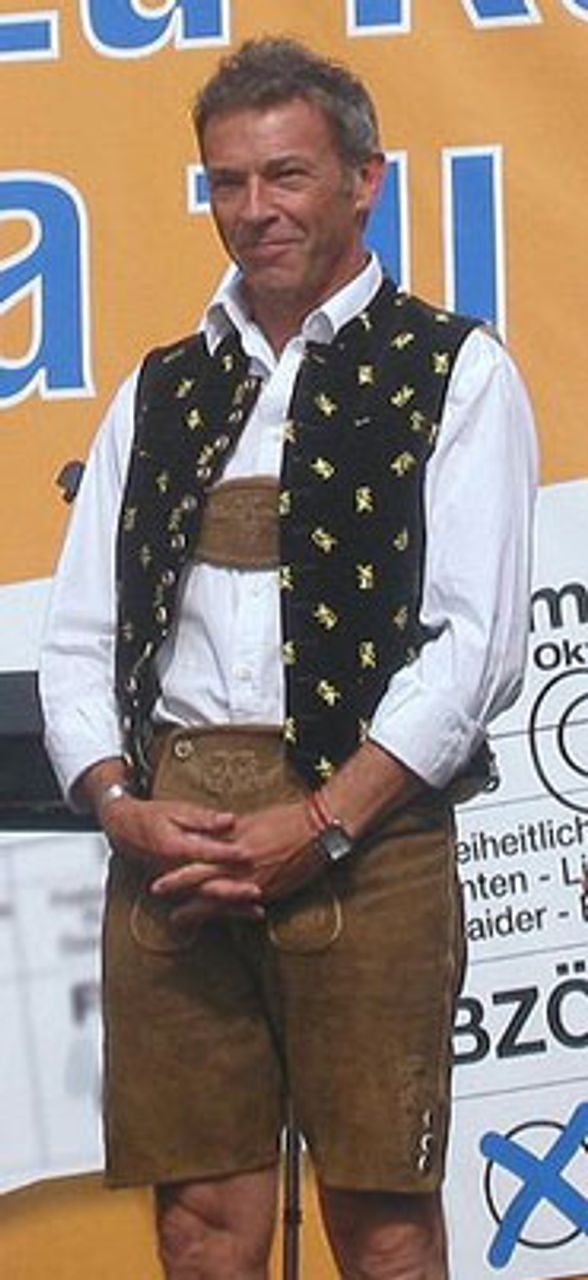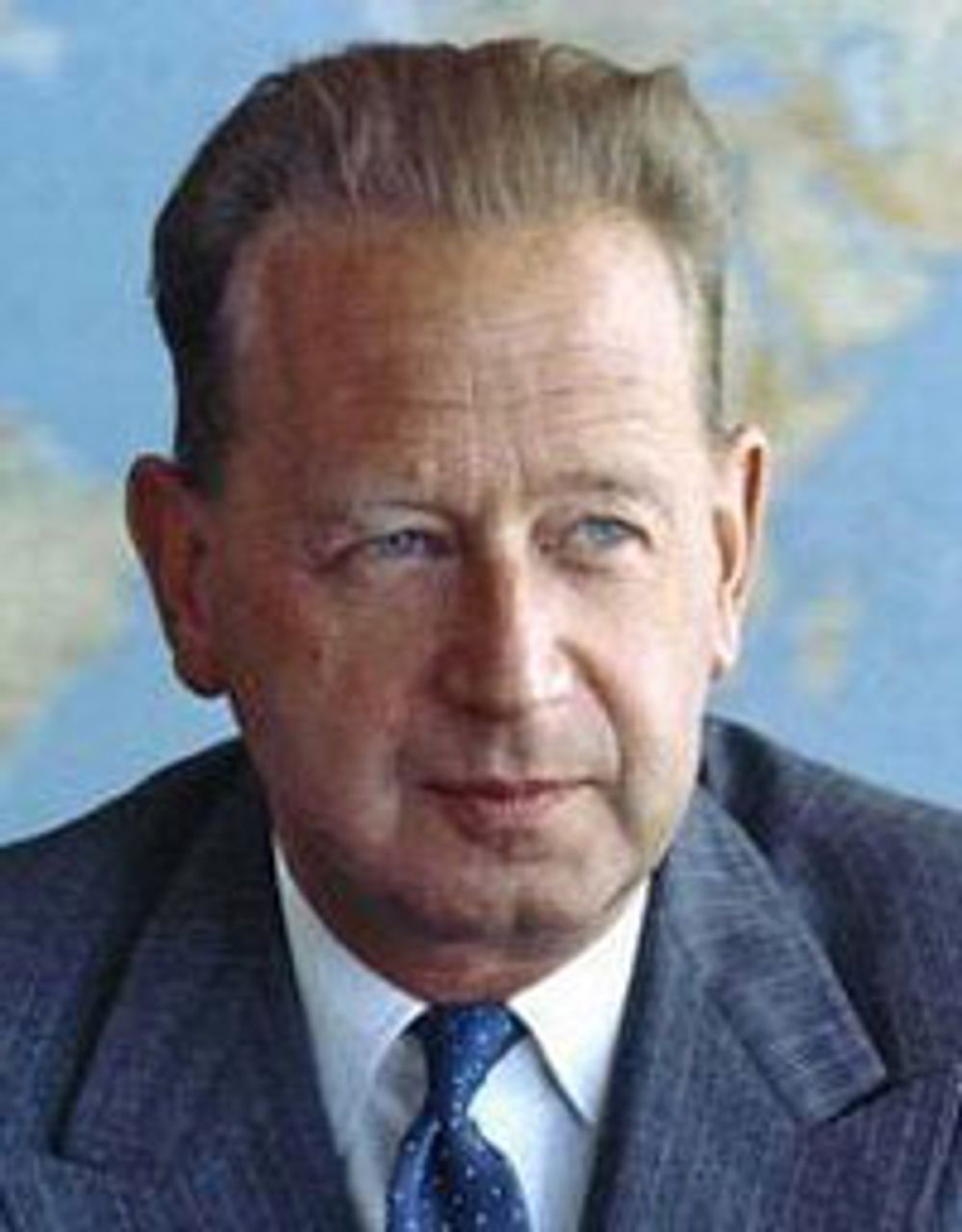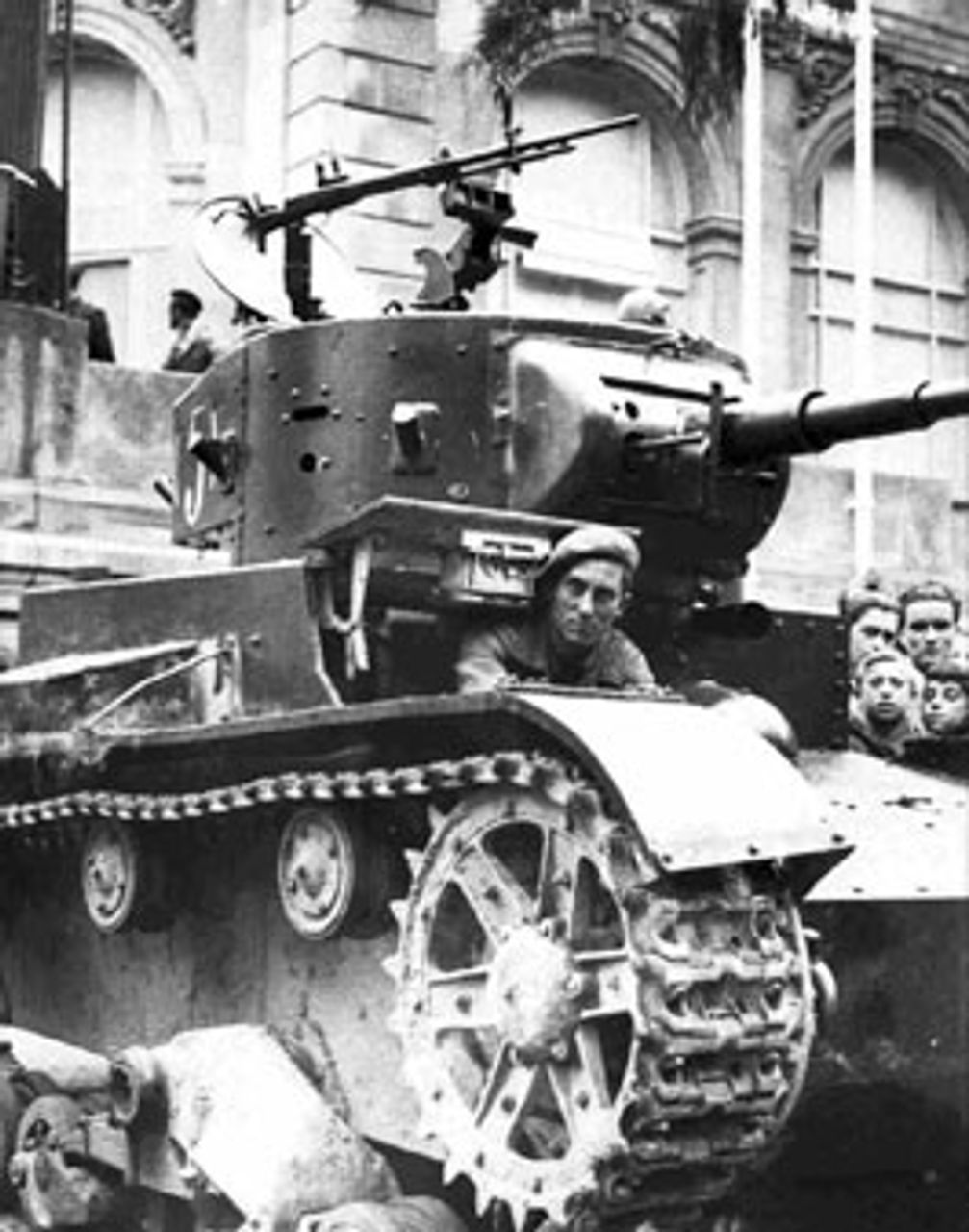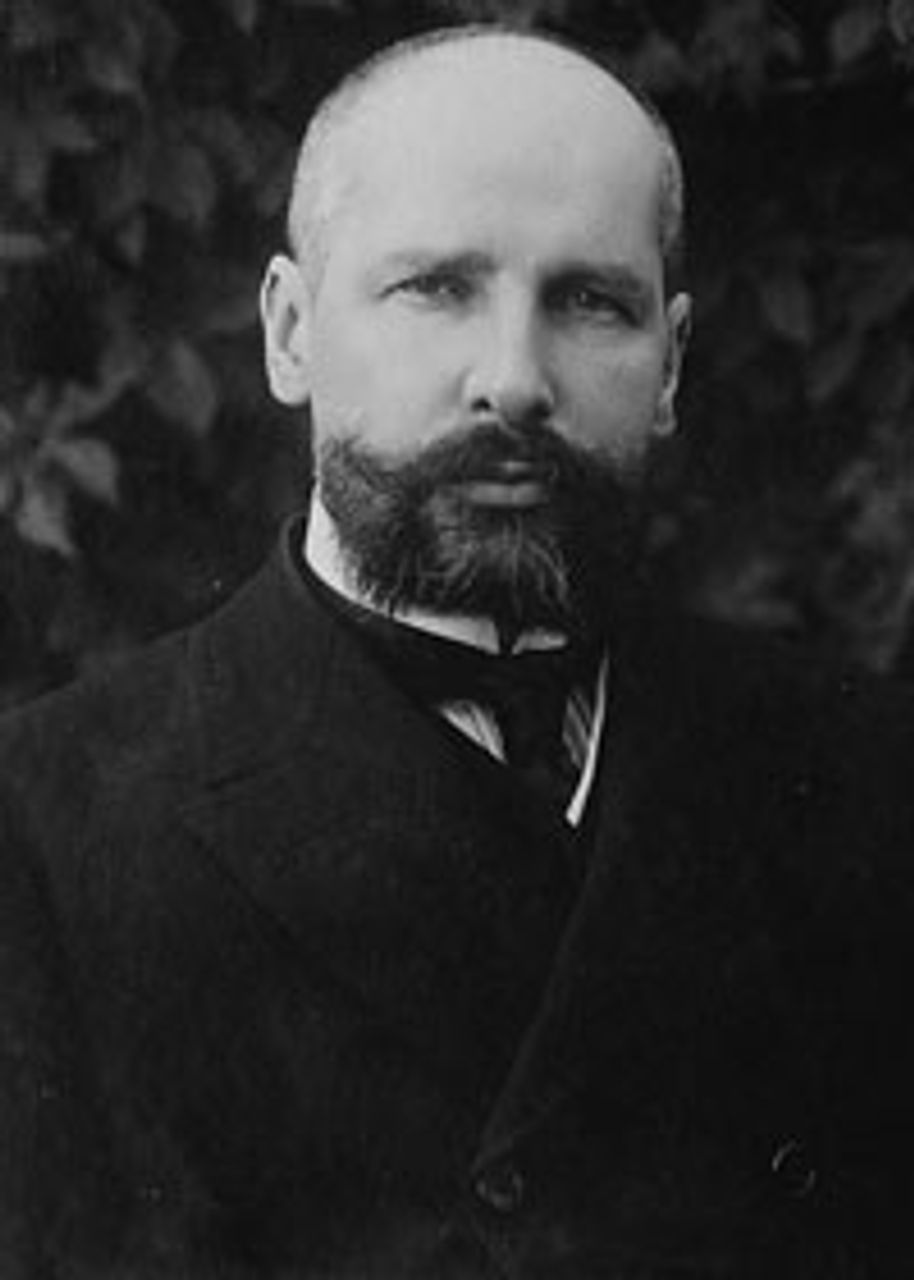This Week in History provides brief synopses of important historical events whose anniversaries fall this week.
25 Years Ago | 50 Years Ago | 75 Years Ago | 100 Years Ago
25 years ago: Social-Democratic Party government collapses in Austria
 Jörg Haider, 2006 [Photo: Harel]
Jörg Haider, 2006 [Photo: Harel]The Austrian Social-Democratic Party (SPÖ) government of Franz Vranitsky collapsed on September 15, 1986 after its governing partner, the Freedom Party, elected Jörg Haider—a right-wing nationalist with well-known pro-Nazi sentiments—as its chair.
Vranitsky called elections for early November, stating that Haider’s victory meant that the Freedom Party’s “liberal element had been shoved to the background.” The episode was an exposure of the essentially right-wing character of the SPÖ, which had ruled in coalition with the Freedom Party for three years, and the postwar Austrian capitalist order, which had included layers of the ruling elite that had supported, and profited from, the years of the “Anschluss” with Germany under the Nazis.
Haider had his base of strength in the southern province of Carinthia, where he bitterly opposed any language or cultural accommodations for the minority Slovene population. In 1985 Haider called a convicted Nazi war criminal recently returned from Italy a “soldier who had done his duty.” The Freedom Party was in fact a political haven for Nazis; Haider’s own parents had been prominent Hitler backers, and the Alpine farm he inherited had been acquired through the forced departure of an Italian Jew.
50 years ago: UN Secretary General Hammarskjöld dies in plane crash
 Dag Hammarskjöld
Dag HammarskjöldOn September 18, 1961, United Nations Secretary General Dag Hammarskjöld and 15 others died in a plane crash in Northern Rhodesia (Zambia). Hammarskjöld was en route from Leopoldville, in the Congo, to attempt to negotiate a ceasefire with Moise Tshombe, head of Congo’s secessionist Katanga province and the man who had overseen the brutal killing of Patrice Lumumba, the former Belgian colony’s democratically elected leader.
There is a great deal of evidence to suggest Hammarskjöld was assassinated. The crash’s lone survivor, UN Sgt. Harold Julien, an American, said in the days after the wreck that a series of explosions occurred on the plane. Julien eventually died of his injuries, for lack of proper medical care. Numerous witnesses on the ground testified to seeing the plane attacked by another plane. The bodies of two Swedish guards who were on the plane were riddled with bullets, and according to one witness, Hammarskjöld himself was found at some distance from the plane with a hole in his head. All of this evidence was dismissed by British authorities in Northern Rhodesia, who also blocked search and rescue operations and could not explain why Hammarskjöld’s plane had been refused landing at the destination airport.
Documents uncovered later demonstrated that the British and US had become angered with Hammarskjöld over an abortive UN military operation he had authorized to force Katanga’s reunification with the Congo. Tshombe and Katanga province had been backed behind the scenes by the US, the British, the Belgians, and powerful mining concerns. It was this same constellation of forces that had arranged the removal and murder of Lumumba.
75 years ago: Comintern reverses non-intervention policy on Spain
 A Soviet-made tank in Spain
A Soviet-made tank in Spaininitially pursuing a policy of non-intervention in the Spanish civil war and ignoring a desperate plea for arms from the Republican government in July, on September 18, 1936 the Comintern executive committee determined to offer military support to the Spanish Republic. In addition to arms, ammunition and military hardware, this support would involve the recruitment of international volunteers to travel to Spain and fight on behalf of the Republic. The reversal in policy was engendered by the possible imminent collapse of Republican resistance under the weight of the northward march by Franco’s Spanish Army of Africa, which was backed by Nazi Germany and Fascist Italy.
As always, Stalin’s reversal was based on the national calculations of the Soviet bureaucracy. Upon the outbreak of the civil war in Spain, Stalin sought to curry favor with Britain and France by adopting the “democratic” powers’ policy of non-intervention. But after the fall of Talavera in August, the implications of a decisive fascist victory began to come into focus: France, with which Stalin desperately sought an alliance as a counter to Germany, would be surrounded on three sides by fascist powers.
There was one constant to Stalin’s policy, however: ferocious opposition to the Spanish workers’ revolution, which Moscow feared would alienate France and Britain and serve as a catalyst to revolution throughout Europe. Arming the Republic thus served two purposes: to resist Franco and to suppress the revolution. The second consideration ultimately outweighed the first.
100 years ago: Russian Prime Minister Stolypin assassinated
 Pyotr Stolypin
Pyotr StolypinOn September 14, 1911, the prime minister of Russia, Pyotr Stolypin, was fatally shot while watching an opera production in the presence of the Tsar, at the Kiev Opera House. He died four days later on September 18. The assassin, Dimitri Bogrov, was a member of the Socialist Revolutionary Party, known for its terrorist tactics, and an informant of the Okhrana, the Tsarist secret police. Bogrov was hanged ten days after the assassination and the official investigation was discontinued, apparently by order of Tsar Nicholas II, indicating that leading layers of the autocracy might have been complicit in the assassination.
Lenin described the assassination of Stolypin as the end of the “first period … of the Russian counter-revolution,” during which the autocracy had been compelled to rely on talented figures such as Stolypin, and political representatives of the bourgeoisie, to ensure its survival.
A member of the landowning class, Stolypin made his political reputation through brutally suppressing a peasant uprising in 1905 as governor of the province of Saratov, and organizing pogroms carried out by the right-wing, nationalist “Black Hundreds.” Under conditions of the 1905 revolution, which called into question the very existence of the Tsarist autocracy, Stolypin’s methods of repression recommended him for political promotion. He was appointed minister of the interior, and in July 1906, was installed as prime minister, following the Tsar’s liquidation of the First Duma, or parliament.
Stolypin created a special court system, under which more than 3,000 suspects were convicted and executed between 1906 and 1909, leading to the hangman’s noose being dubbed “Stolypin’s necktie.” He was also responsible for the arbitrary dissolution of the Second Duma and changes to the electoral process which favored the nobility, the landed aristocracy and the wealthy, assuring the dominance of the Third Duma by the most conservative layers.
Stolypin carried out land reforms that were aimed at breaking down the village commune, further opening up the countryside for the penetration of capital, and cultivating a constituency of well-off middle peasants who could be mobilized in support of the absolutist monarchy. The creation of a narrow layer of wealthier farmers was at the expense of the majority of peasants, resulting in widening poverty and deepening social tensions in rural areas across Russia.
